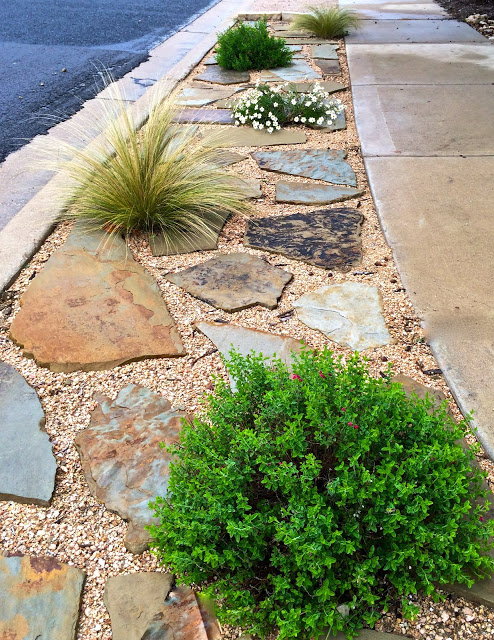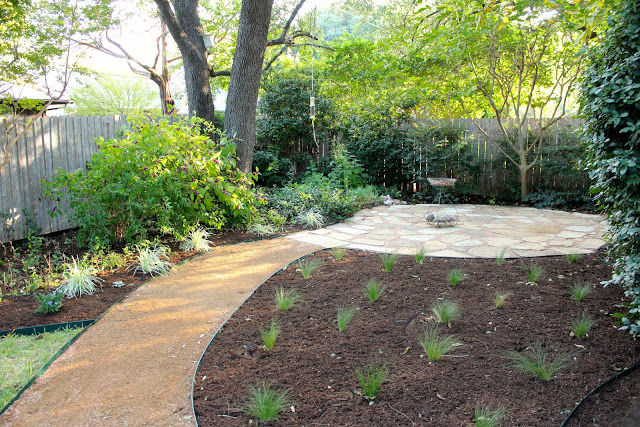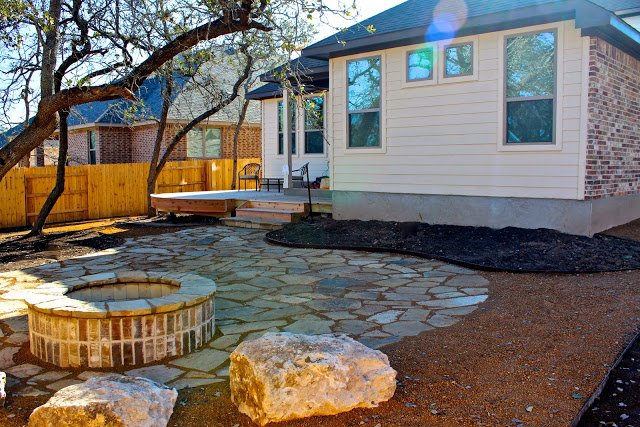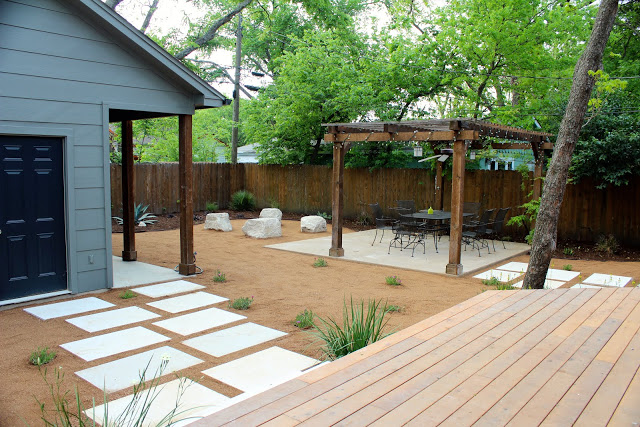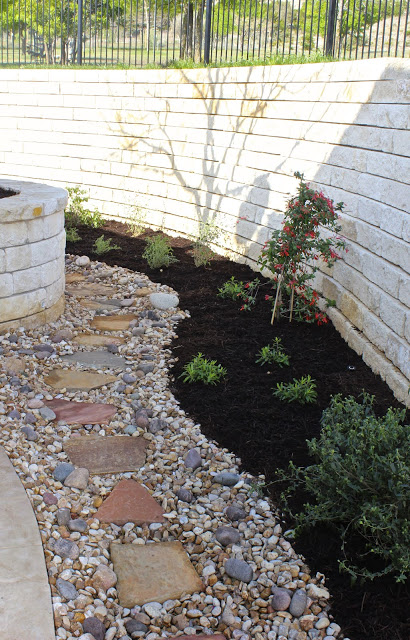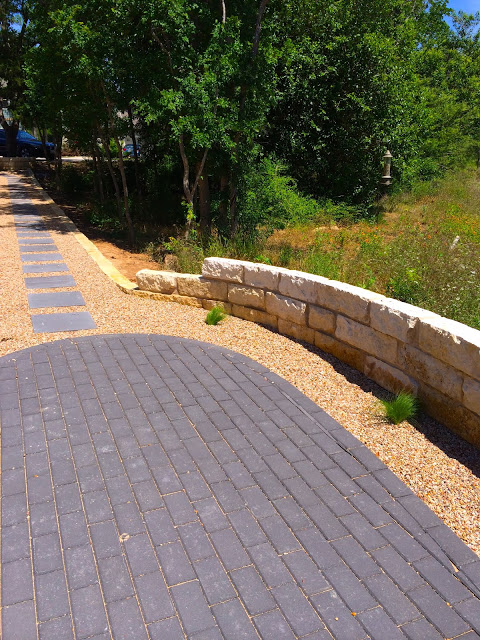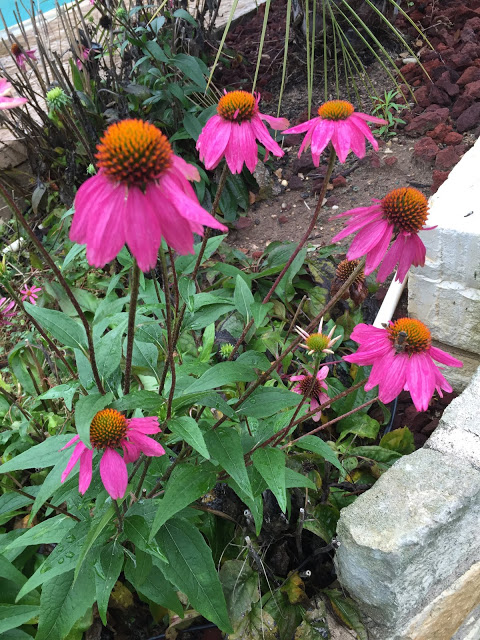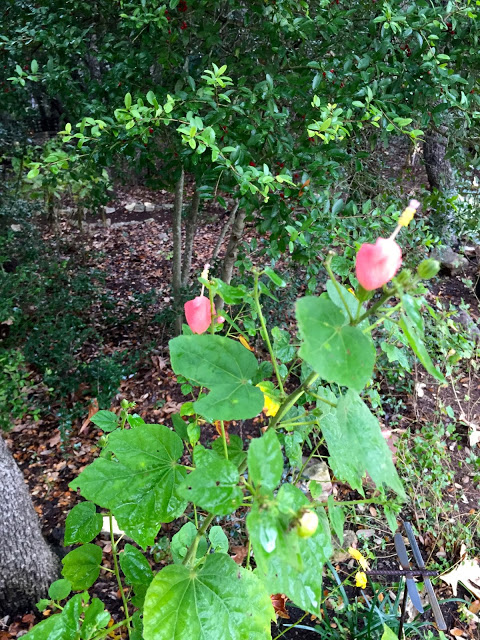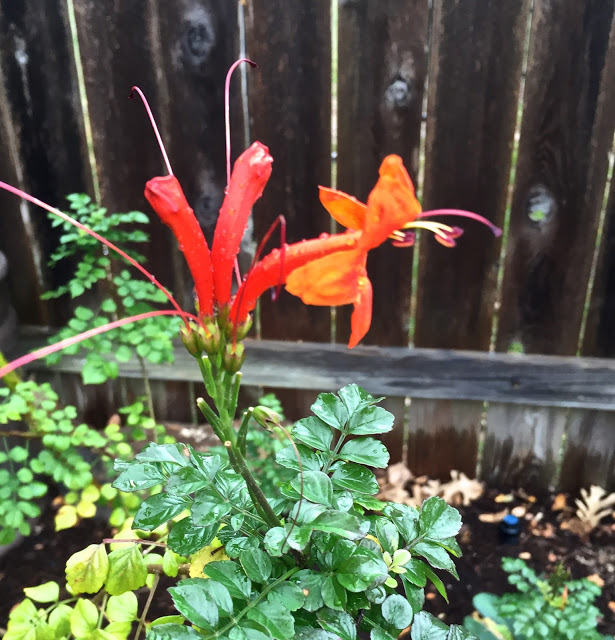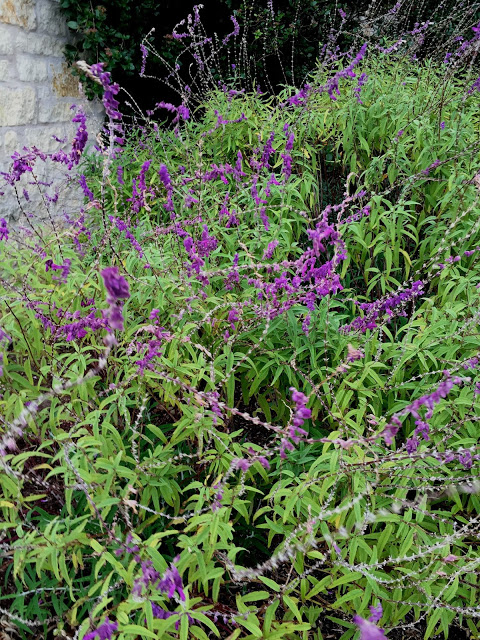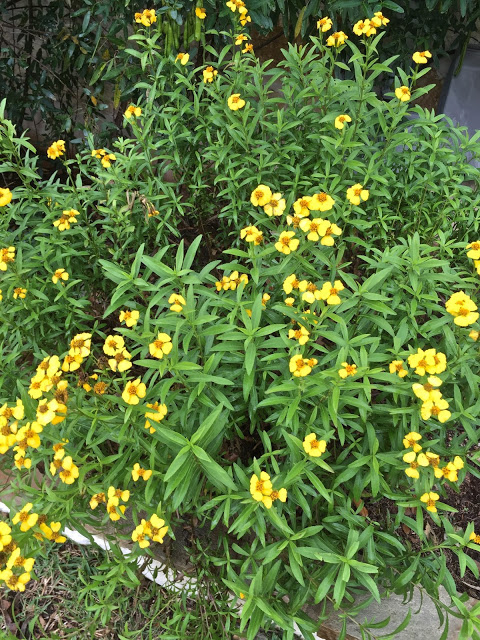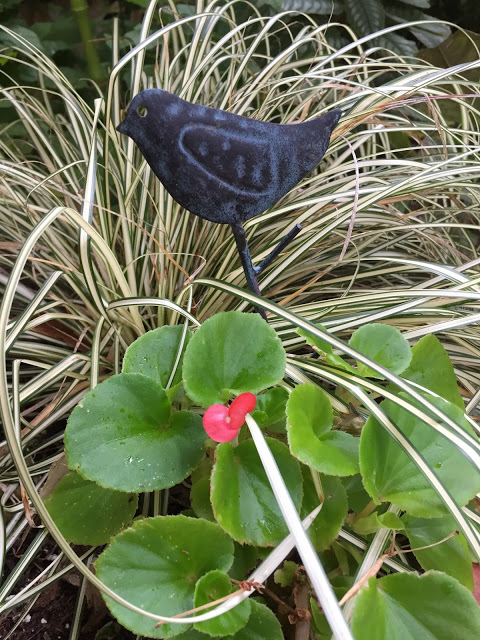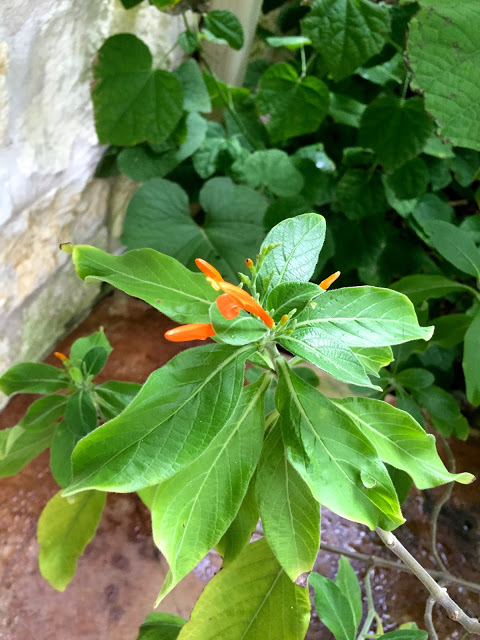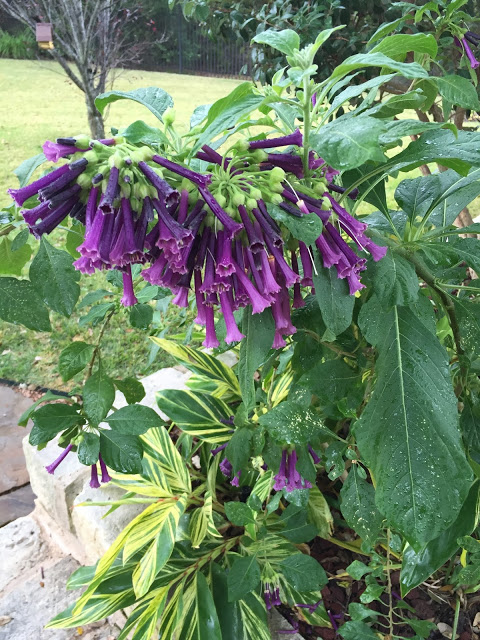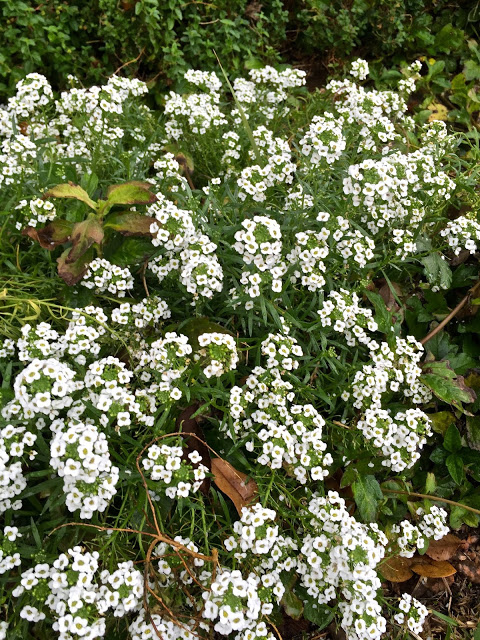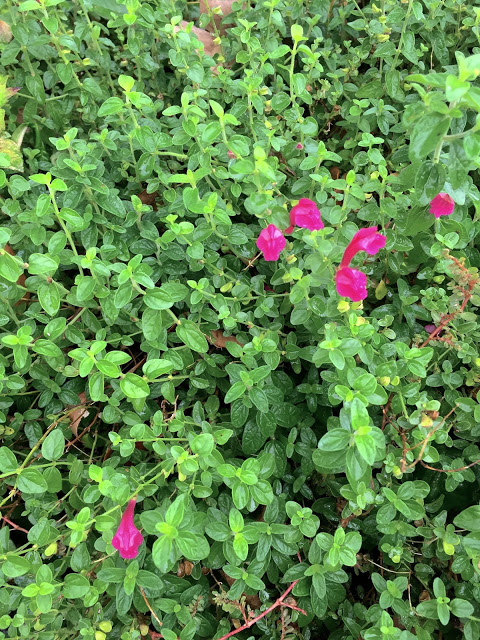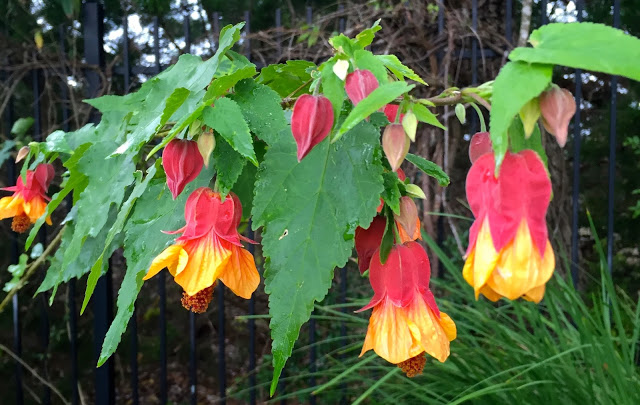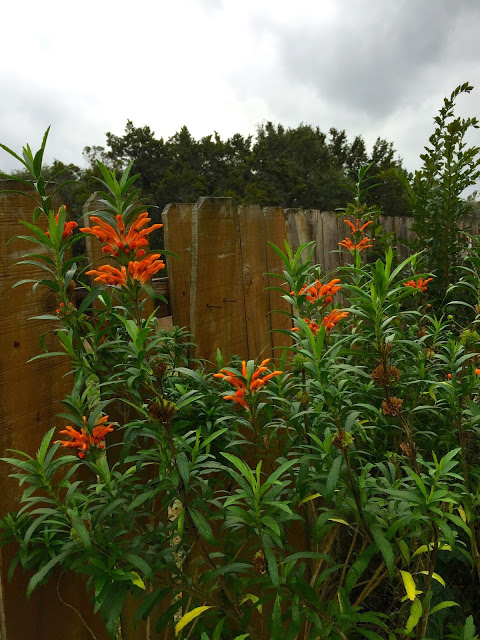Winter is planning season in the garden
We’ve had such a mild winter here in Central Texas – we haven’t even had an official freeze yet at our house. A few plants have been affected by close-to-freezing temps. (Though some other gardnerers in cooler spots around the city have had one or two brief dips to or just below 32.)
It even hit 88 degrees last weekend, and I welcomed it complete with shorts, sunscreen, big hat and a few much-needed breaks inside to avoid what truly felt like heat stroke. It was January, for goodness sake!
I’d been sketching out a few ideas for changing beds — vowing to treat my own garden with the same care that I give to design clients. Than means I need to tame some overgrown plants, move some others to better locations and add in some more evergreen color to create a cohesive design.
The bed in front of the garage did well last year, but I’d neglected to prune back the pale pavonia right in front of the window. Last fall I moved the purple-blooming salvia ‘Amistad’ in front of the pavonia – they were small and leggy in their previous spot. Well, they REALLY liked this bed – so much that they grew even bigger than the pavonias behind them. Gorgeous, but unruly and completely out of scale. Pavonias: chop. Salvia ‘Amistad:’ move. Dianella: add.
A stunning Japanese maple, Acer palatum var. dissectum ‘Tamukeyama,’ went in toward the house, where an ‘Edward Goucher’ abelia came out. To echo the burgundy colors, I added a few more Ajuga ‘black scallop’ around the dianella. The maple has deep red bark and delicate weeping branches. The leaves are very fine. I can’t wait to see it bud out. It will only get early morning sun in this spot and will be protected by the house.
The deciduous tree in front of the new maple came out – it’s a Caesalpinia gillesii, or often called by one of its common names, Yellow Bird of Paradise. It needed a drier bed – so I relocated it across the driveway to a sunnier spot with tougher conditions.
And here you see my favorite shovel — I bought it at Red Barn and it has a nice foothold for pushing down on and the handle makes it easier to get some oomph into your motion!
I haven’t re-mulched after adding in some Geo Growers thunder dirt to the bed — I’m still debating whether or not I want to plant some seeds in here in a few carefully selected spots.
Because I’m a plant collector, I don’t always follow my own design rules (or even loose guidelines) if I’ve found some wonderful new plant that HAS to get squeezed in somewhere. I also suffer from the guilt of getting rid of plants that aren’t working. Thank goodness I know so many other gardeners and garden bloggers who might have the perfect spot for things. BTW – Austin garden bloggers, I still have that nice 5 gallon-sized rock rose that came out of this been and needs a home – it’s about 2-1/2 – feet tall, but the deer keep eating it outside of the fence and I don’t have a place for it inside of the fence…first comment, first come and get it!
What are you sketching for your spring garden?

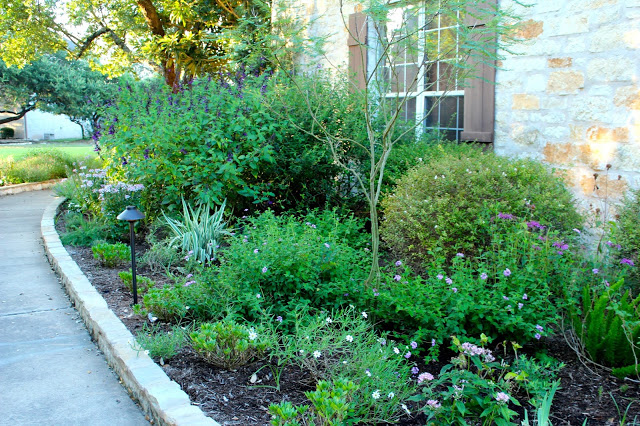
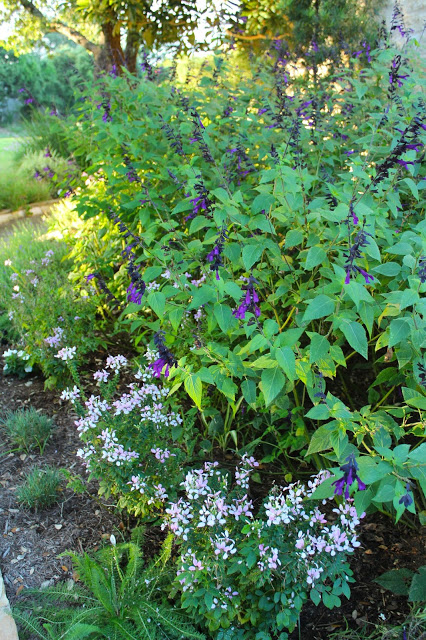
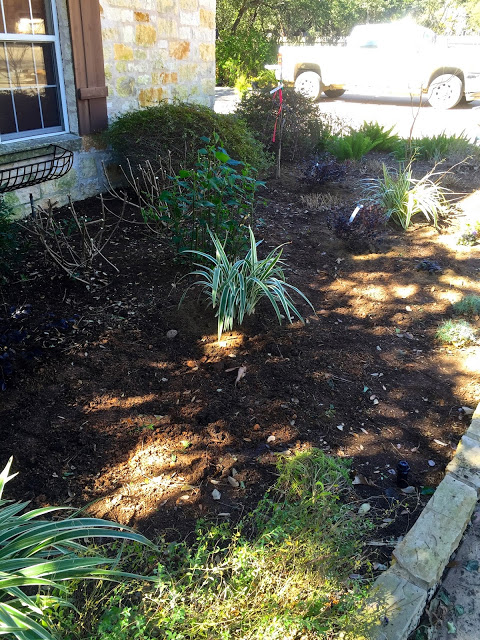
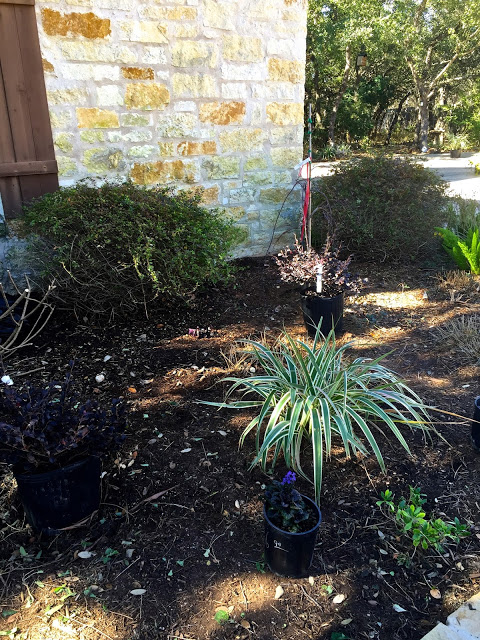
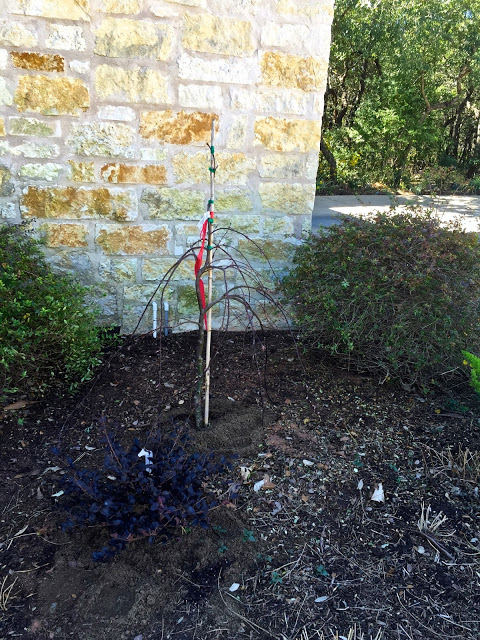
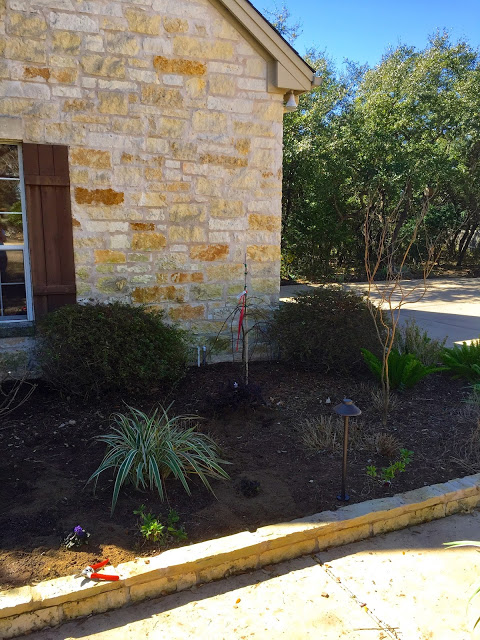
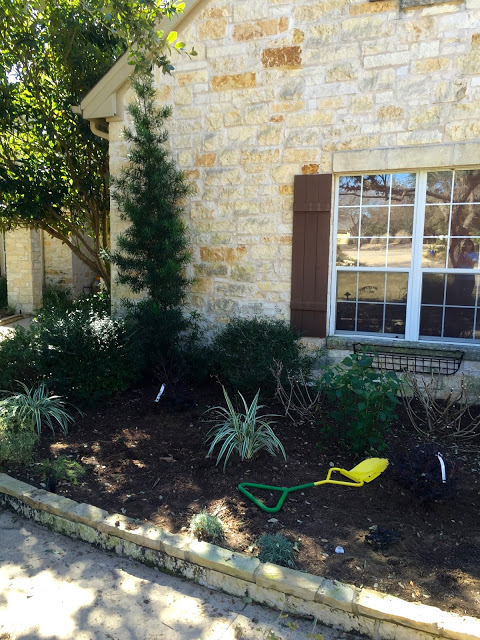
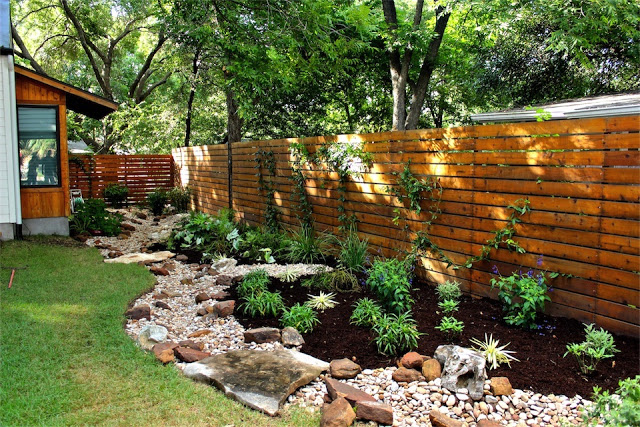
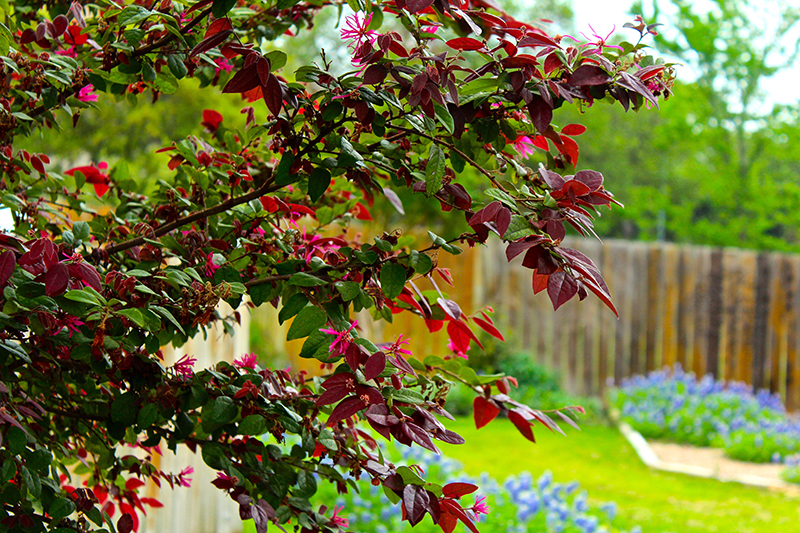
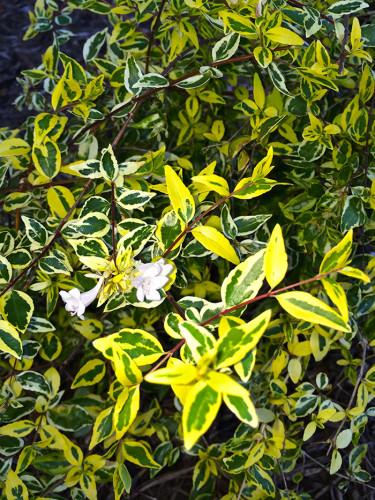 ke people, develop issues as they age. Many shrubs tend to get leggy, with little or no foliage on the lower branches – caused, among other things, by poor pruning or a lack of sunlight from above. Overgrown shrubs are a common problem faced by homeowners. Homebuilders often plant large, fast-growing shrubs in very small spaces along walkways and under windows. When the plants outgrow the space in a few short years, these colossal shrubs can obscure the beauty of the house, leaving homeowners to fight their way into their own house with a machete. Sometimes it’s just time to put them out of their misery.
ke people, develop issues as they age. Many shrubs tend to get leggy, with little or no foliage on the lower branches – caused, among other things, by poor pruning or a lack of sunlight from above. Overgrown shrubs are a common problem faced by homeowners. Homebuilders often plant large, fast-growing shrubs in very small spaces along walkways and under windows. When the plants outgrow the space in a few short years, these colossal shrubs can obscure the beauty of the house, leaving homeowners to fight their way into their own house with a machete. Sometimes it’s just time to put them out of their misery.